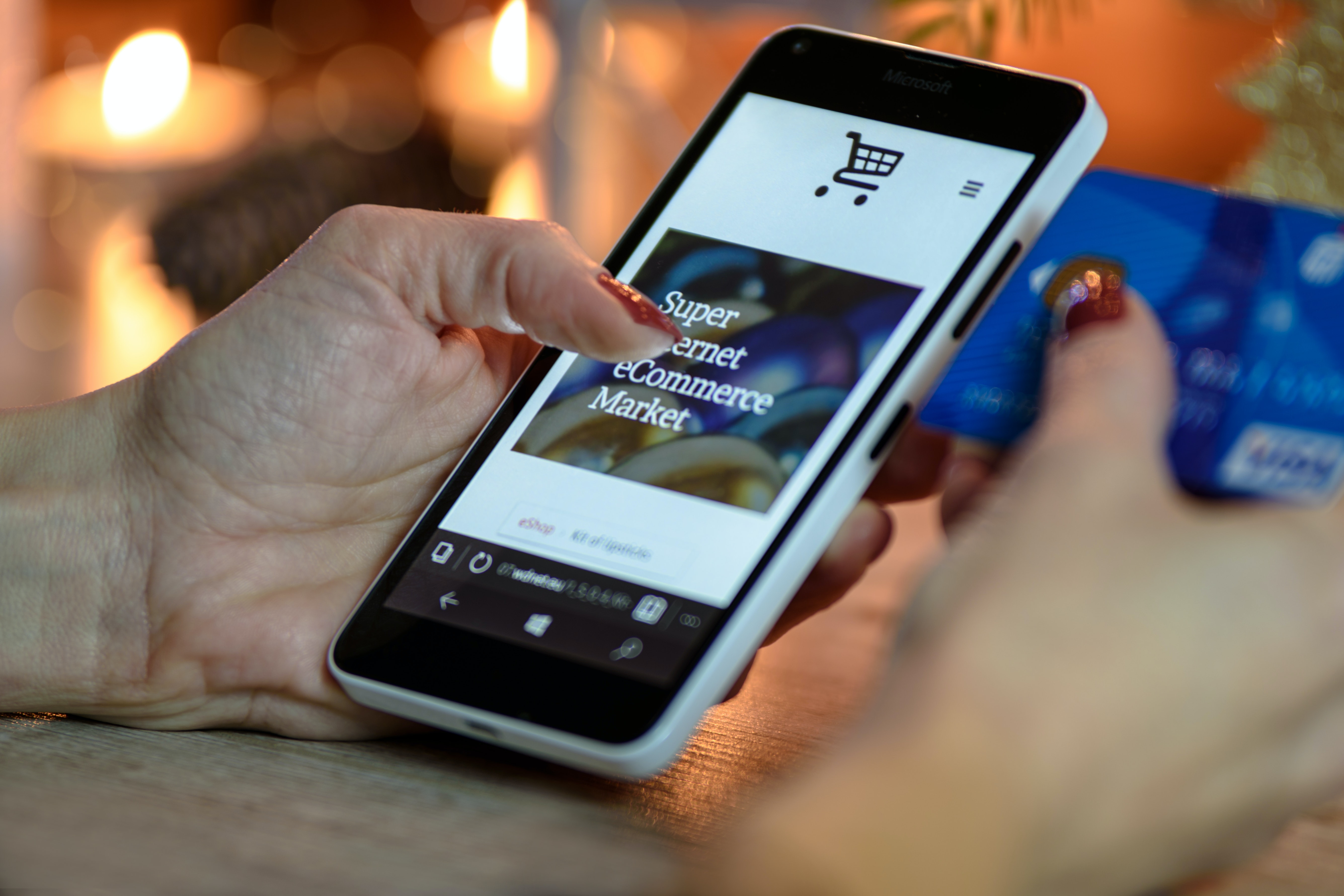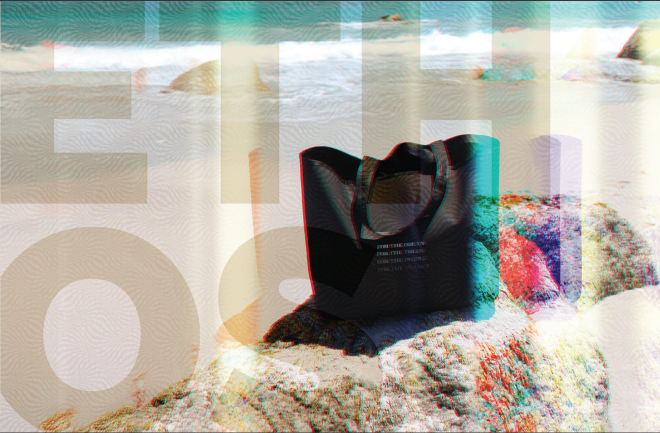Have You Hired Mystery Shoppers Yet? 4 Uses for Your Website
You care about your customers. You try to keep your finger on the pulse of what’s happening in your stores or your website, but it’s too much to do on your own.
So what’s the answer? Easier than you might think: mystery shopping.
Mystery shopping has been around for decades, and what was once a great way for retail stores to learn more about customer service has translated into a service to help all kinds of businesses maintain brand standards. Mystery shopping helps you better understand the customer experience or how your brand is perceived online — which means you can get feedback long before you see a one-star review on Google.
This guide will look at the history of mystery shopping and how it works. We’ll even show you four ways to get more value out of this surprisingly effective business practice, too.
 What is mystery shopping?
What is mystery shopping?
You can check your revenue figures, engagement data, and online reviews to see how your business is doing. That’s totally fine, but if it feels like you’re still missing a piece of the puzzle, you can hire a mystery shopper to fill in the blanks.
With mystery shopping, you hire trained consumers who can anonymously evaluate your brand’s experience, whether in a brick-and-mortar store or how your clients see you online. These “customers” can go undercover at your business and report back on what they find. You can ask mystery shoppers to:
- Order a specific item
- Quiz staff on a new product
- Make a complaint and see how your team reacts
- Try to contact customer service through your online portal
- Sign up for your newsletter
- Identify any problem areas on a refreshed website
The goal isn’t to snoop on your employees or rat out problems that they discover but to gather feedback that improves your brand. Mystery shopping is the way to go if you want an honest look at the customer experience.
A brief history of mystery shopping
Mystery shopping is surprisingly popular today, but did you know it started back in the 1940s? A company named WilMark was the first to hire mystery shoppers, who went undercover in retail stores and banks to stop employee theft.
Although WilMark was successful, it wasn’t until the 1970s that more businesses invested in mystery shopping. Even so, it was a very analog process that required sharing briefs over the phone and mailing out paper checks.
It wasn’t until the 1990s that mystery shopping really took off. Shoppers could submit reports online and receive digital payments — a real game-changer for businesses that wanted to do mystery shopping at scale. In fact, mystery shopping became so popular in the 1990s that the Mystery Shopping Providers Association (MSPA) was founded in 1998.
Mystery shopping has only grown in the decades since. Thanks to the convenience of apps and smartphones, mystery shopping is a popular full-time job and a side hustle.
The surprising benefits of mystery shopping for brands
Mystery shopping helps everyday folks earn money and freebies by shopping in the stores they love. But what do you get out of it? Mystery shopping helps brands and brand marketing:
- Check the customer experience: What’s the customer experience like when you aren’t around? Since 75% of brands want to differentiate on customer service, mystery shopping helps you ensure a top-notch experience every time.
- Verify processes: Did you implement a new procedure or policy? Make sure that your team is actually following it. For example, if your employees are supposed to wrap up purchases nicely, but they’re tossing them in a bag or in a box, that’s a training opportunity you wouldn’t have known about otherwise. This works digitally, too, as you ensure that digital paths work as they should (are clients receiving your newsletter?).
- Research your competition: It’s quite common for businesses to snoop on the competition using mystery shoppers. If you want to understand your competitor’s customer experience, this could be an excellent way to quietly gather intel.
- Assess different locations or campaigns: If one of your retail locations is crushing its sales goals, you can send mystery shoppers to that location to see what they’re doing differently. That will help you replicate what works across every store, earning more sales over time. It’s also a great way to find out if coupon codes or targeted emails are a success or failure.
- Verify brand guidelines: You can always instruct your mystery shoppers to keep an eye out for a few things. Is your website as clean and clear as you think? If your shopper visits two locations in the same area, are they seeing associates wearing on-brand uniforms and colors? Mystery shoppers are trained to notice signage as well as areas of opportunity.
 How to do mystery shopping right
How to do mystery shopping right
Fortunately, you don’t have to cut paper checks or call mystery shoppers on the phone to kick off a mystery shopping campaign. If you want to gather inside intel on your business, follow these four hacks to do mystery shopping right.
1. Ask for multimedia reports
Mystery shopping apps are great for mystery shoppers and your brand. These apps make it a cinch to upload video, photos, or audio in a few taps. They can upload evidence in a matter of seconds, so you don’t have to wait weeks to know how a single shop went down.
When possible, ask mystery shoppers to submit multimedia with their reports. Instead of relying on a shopper’s qualitative assessment of the situation, you can see everything for yourself.
Of course, keep it manageable. Don’t ask shoppers to film two hours of surfing your website or browsing in your store. Make sure the tasks fit into a 30-minute trip so you don’t overload your shoppers.
2. Do digital audits
Maybe you’ve only used mystery shoppers in your stores. Now is the time to let them loose on your website. They’ll visit your website or download your app and ensure everything works on the customer side. This is a godsend if you just redesigned your website and are going crazy trying to find all the broken links.
Ask virtual mystery shoppers to go through an entire transaction process or talk to customer service. They can provide screenshots and double-check that everything works as it should.
3. Compensate mystery shoppers fairly
Most mystery shoppers work part-time, but high-quality shoppers can earn as much as $22 per hour. Their time is valuable, so make sure that you compensate them fairly for their time.
In addition to compensating your shopper for whatever they buy through your retail shop or discover in your online experience, you might also consider promotional product compensation as a thank-you gift. To really wow them, think about branded merchandise with a tech spin, like:
Mystery shoppers are doing you a huge service, so compensate them fairly with free gifts or a flat-rate payout.
4. Use a mystery shopping vendor to save time
If you want to create your own mystery shopping program and platform, knock yourself out. But we’re willing to bet you don’t have the time for that. The good news is that there are so many mystery shopper vendors out there for you to choose from — and it’s way cheaper than managing everything yourself!
 It’s no mystery: You need undercover shoppers
It’s no mystery: You need undercover shoppers
Mystery shopping helps brands assess how they’re performing at scale. Mystery shoppers are a great way to catch big problems — or reward excellent service — within your business.
Mystery shoppers aren’t just for retail anymore. With the explosion of online client and customer needs, investing in mystery shopper programs helps your business get a bird’s eye view of your brand experience.





Comments (0)